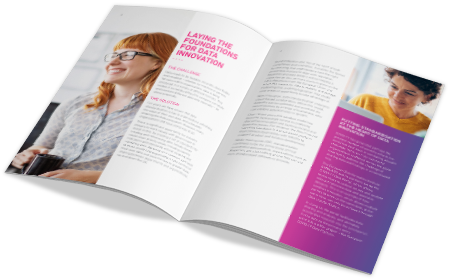Experian and the UK’s National Hunter Fraud Prevention Service see a rise in fraud rates, with criminals looking to take advantage of the disruption to both business and their customers amplified by the pandemic. It’s expected that there will be 7.5 billion internet users by 2030 (CurrentWare), growing exponentially and clients, particularly in retail, telecoms, and financial services, are looking for solutions to discover and prevent fraudulent activity as early as possible.
What are disposable phone numbers?
In today’s digital age, you may have heard of disposable phone numbers. For others, burner phones may ring a bell. A disposable phone number is a digital version of a ‘burner phone’ that might be temporarily used during checkout or account sign-up to avoid providing a legitimate phone number. Recently, there has been a rise in the availability of free and premium disposable numbers through websites like Receive SMS or Quackr.IO, where the number is shared openly and all call and text information is relayed in real-time.
The different ways in which disposable numbers can be used for malicious or fraudulent purposes is growing every day as criminals look for new ways to hide their own identity or imitate someone else’s. We’ve taken a look at several websites to uncover examples of where malicious use of disposable phone numbers could be found. What risk do these disposable phone numbers actually pose to your business? Let’s find out.
3 Risks of disposable phone numbers
#1 Scenario: You have a ‘new customer’ sign up offer
It’s not uncommon to see a business running a campaign to retain new and loyal customers with discount codes, freebies, or membership sign-ups—and asking for a prospect’s phone number to sign up. However, this is a prime scenario where a disposable phone number may be used, and two-factor authentication may not work or might disrupt the consumer experience.
In this scenario, disposable numbers can be utilised to sign up multiple times, known as ‘Coupon Abuse’. This theoretically allows an individual to benefit from the offer as many times as they like (with thousands of different disposable numbers available). This not only directly impacts business revenue, but also creates an account management nightmare; with thousands of defunct, single-use accounts existing, without any means of contact, and no intention of ever being used again.
#2 Scenario: High value goods are being fraudulently purchased on your website
A fraudster will use a disposable mobile number, email address, and even delivery location to illegally purchase goods whilst remaining undetected. The rise in freely available disposable contact data means it’s easier than ever before for fraudsters to hide identity.
In this scenario, if a disposable mobile number is supplied, the transaction may look legitimate, and the criminal can see incoming calls and texts without the business or authorities being able to trace them. At this point, you are left vulnerable to fraudulent activity, raising your risk profile, directly costing your business revenue, and leaving your relationship with credit card companies and consumers in jeopardy.
#3 Scenario: Customers aren’t reachable when it matters most
Not all uses of disposable numbers are done so with malicious intent. We get it—users are now more conscious of the use of their data so may wish to hide their true mobile number for risk of it being shared without their permission. But legitimately obtained phone data can be crucial to an organisation’s operation and ability to reach their customers when it’s important.
In this scenario, consider a retailer who is making a delivery and wants to provide text updates or allow the driver to directly contact the recipient. With an accurate number, the retailer could easily reach their consumer at a moment’s notice, but with a disposable number, this would not be possible. Not only could this interaction make or break the customer experience, but it also increases unnecessary costs due to a failed delivery.
How can Experian help?
Experian recently launched Disposable Phone Number Identification, a brand-new service integrated into our Experian Phone Validation API and bureau process, that will flag up if a phone number is known to be disposable. This alerts our customers that the number being provided is not legitimate, enabling them to take action and ensure a true, contactable number is provided by the end user.
How does our feature work?
Alongside one of our trusted third parties, we have built a dynamic database from a host of data sources, including free and premium websites, applications, and existing known disposable numbers provided to us by network operators globally. This provides the most accurate and extensive source of disposable number detection the market has to offer.

Customer Data Validation - Attract, retain and service customers like never before
Start a Free Trial today!Top benefits
The first line of defence against fraudulent activity: Ensure that the details you have are accurate, reachable, and not disposable. This will help your business prevent fraud and remain compliant, without adding any friction to the customer journey.
Using the APIs and data enhancements currently available, our contact data validation can provide confidence in the authenticity of prospect and client contact data to reduce fraud risk and gain detailed intelligence on customers, helping you make informed decisions and keep customers top of mind.
